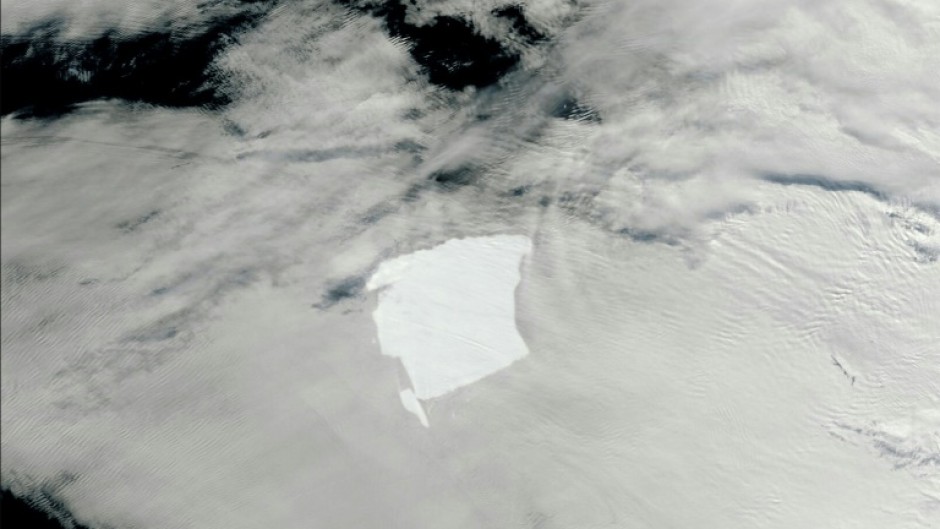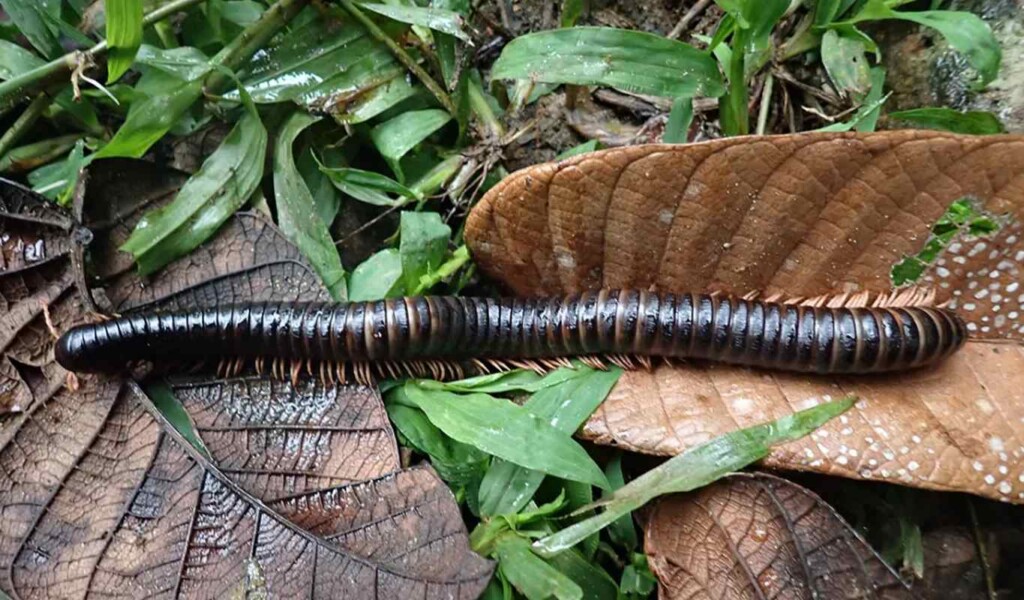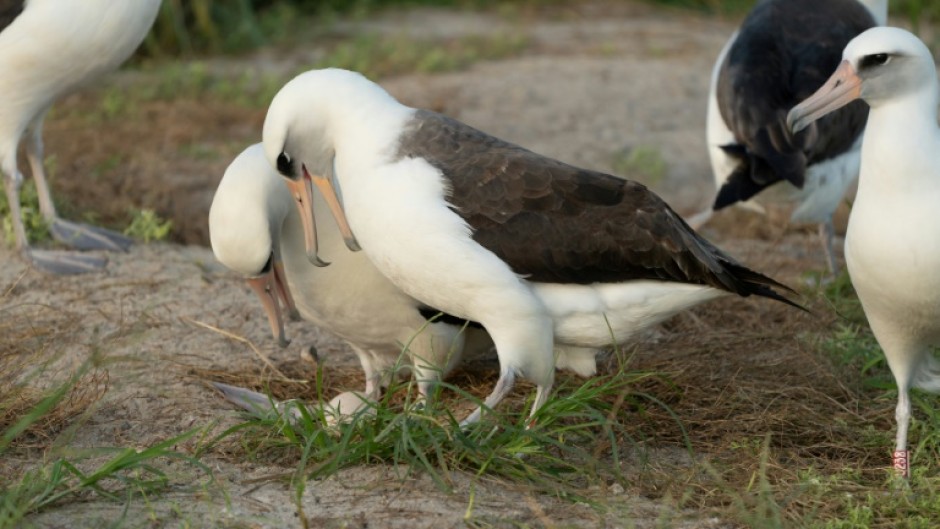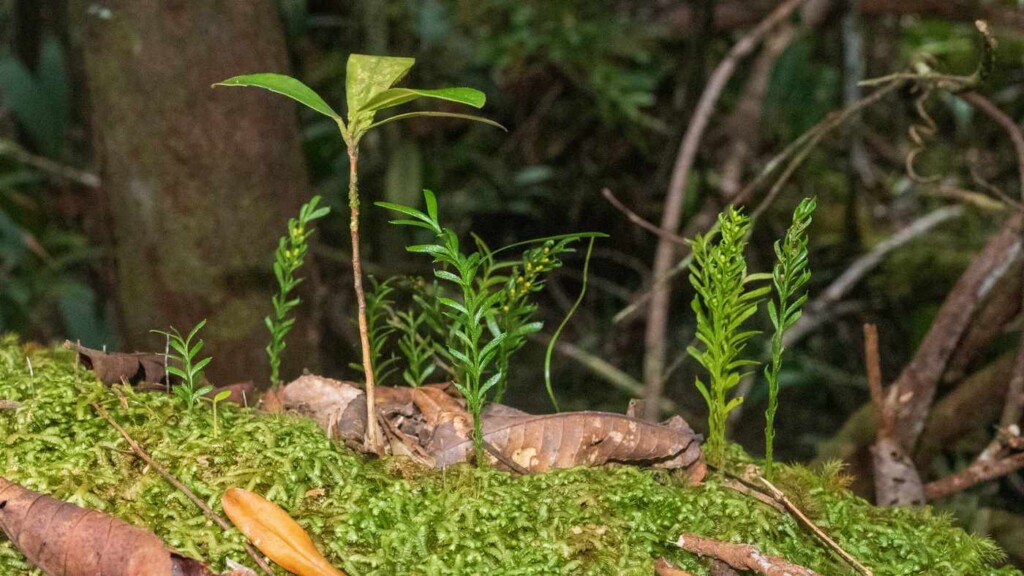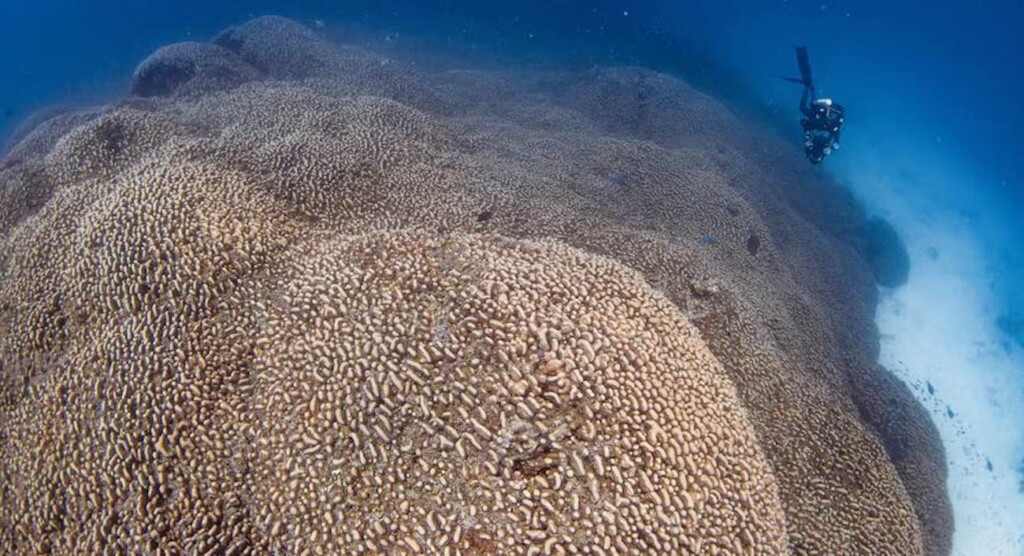_11126.jpg)
The uranium battery concept (Image: JAEA)The Japan Atomic Energy Agency has developed what it says is the world's first "uranium rechargeable battery" and that tests have verified its performance in charging and discharging. Meanwhile, South Korean researchers have developed a prototype betavoltaic battery powered by the carbon-14 isotope.The uranium storage battery utilises depleted uranium (DU) as the negative electrode active material and iron as the positive one, the Japan Atomic Energy Agency (JAEA) said. The single-cell voltage of the prototype uranium rechargeable battery is 1.3 volts, which is close to that of a common alkaline battery (1.5 volts).The battery was charged and discharged 10 times, and the performance of the battery was almost unchanged, indicating relatively stable cycling characteristics."To utilise DU as a new resource, the concept of rechargeable batteries using uranium as an active material was proposed in the early 2000s," JAEA noted. "However, no studies were reporting the specific performance of the assembled uranium rechargeable batteries."It added: "If uranium rechargeable batteries are increased in capacity and put to practical use, the large amount of DU stored in Japan will become a new resource for output controls in the electricity supply grid derived from renewable energy, thereby contributing...

.jpg)




